We particularly welcome the contribution from those former child migrants
who related their stark, painful and often horrific experiences to us.We commend the courage and effort which providing the evidence must have required.
United Kingdom House of Commons
THE WELFARE OF FORMER BRITISH CHILD MIGRANTS , 1996
It was barbaric; it was dreadful. We look back on it in our organisation with shock and horror."
[1] This was the comment on the child migration programmes made by the Chief Executive of Barnardo's when he, along with representatives of other sending agencies, gave evidence to us on 11 June 1998.
Child migration was a feature of British social policy for many years.
Legislation allowed children in the care of voluntary organisations to be transported to Commonwealth countries.
In total it is estimated that some 150,000 children were dispatched over a period of 350 years—the earliest recorded child migrants left Britain for the Virginia Colony in 1618, and the process did not finally end until the late 1960s.
[2] Exact statistics are difficult to come by. Today many former child migrants continue to face serious difficulties in establishing their actual identities and contacting members of their natural families who are still alive.

The absence of a medical history is also a significant problem for some. In many cases child migrants suffered emotional and physical hardship and abuse, of a kind which has had damaging consequences for their health and well-being for the remainder of their lives.
2. Responsibility within the British Government for matters relating to the welfare of former British child migrants now rests with the Department of Health (DoH).
This is therefore an issue which falls within the Health Committee's order of reference. At our first meeting in the present Parliament, in July 1997, we decided to inquire into aspects of child migration, a subject which until recent years has received shamefully little attention. One explanation for this seeming disregard is that until the advent of the Child Migrants' Trust in 1987, individual former child migrants had no organisation to represent their interests or co-ordinate their activities.
They were, and are, widely dispersed across Australia and other Commonwealth countries, and often lack any ready means of gaining access to opinion-formers or to the media. Mr Tom Luce, Division Head of the Social Care Group at the DoH, commented that:
"We have a very strong impression that before the middle to late 1980s
there were very few inquiries, complaints, applications for records".[3]
The agencies involved in child migration appear at this time to have been less than co-operative in dealing with requests for information. Former child migrants were a group whose fate had largely been forgotten.
,,Ik bied mijn excuses aan voor een misplaatst beleid dat voortduurde tot in de jaren zestig'', verklaarde Brown. ,,Wanneer je mensen ontmoet die hierdoor zijn getroffen, zie je dat voor velen van hen geldt dat het hun leven heeft verwoest.''
Veel van de kinderen werden in hun nieuwe omgeving misbruikt en eindigden in instituten of als arbeiders op boerderijen. Ze kregen vaak te horen dat hun ouders waren overleden, terwijl dit niet waar was. Veel ouders wisten niet dat hun kinderen naar Australië of Canada of een andere kolonie werden gestuurd. Het Kinder Migratie Programma werd veertig jaar geleden gestopt.

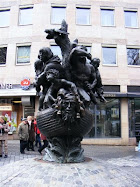
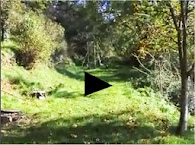
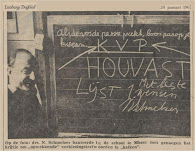

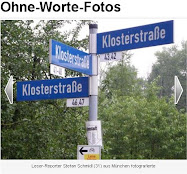
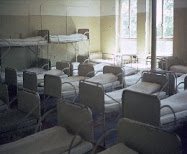






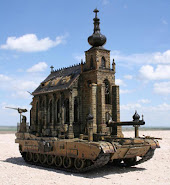
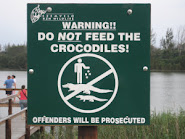


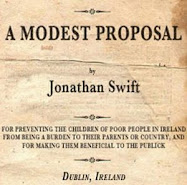


Geen opmerkingen:
Een reactie posten